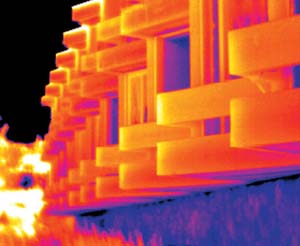Recovery | A Homage to Yacov Rechter

Yacov Rechter was one of the most prominent architects in Israel. The quality of his work, its scope and presence in our lives are virtually unprecedented. His architectural career is inextricably intertwined with the history of the State. It has accompanied the country’s first fifty years and evolved side-by-side with it. The contents tackled by Rechter were different and diverse, spanning cultural centers, auditoriums and concert halls, courts of law, hospitals and convalescence homes, hotels, urban planning projects, university campuses, libraries and private homes. Nevertheless, it is hard to define the secret underlying the power of his architectural work. Rechter was not an architect of a single monumental masterpiece, nor did he formulate a single differentiated new style. The nature of his buildings has changed considerably over the years. His openness, curiosity and freshness enabled him to be influenced by a wide range of world architecture and to conduct architectural experiments. At the same time, an inner guideline prevented him from being swept along by fashion dictates and caprices. He remained faithful to the characteristics of the site, to a non-threatening scale, and to the Eretz-Israeli context within which he operated.